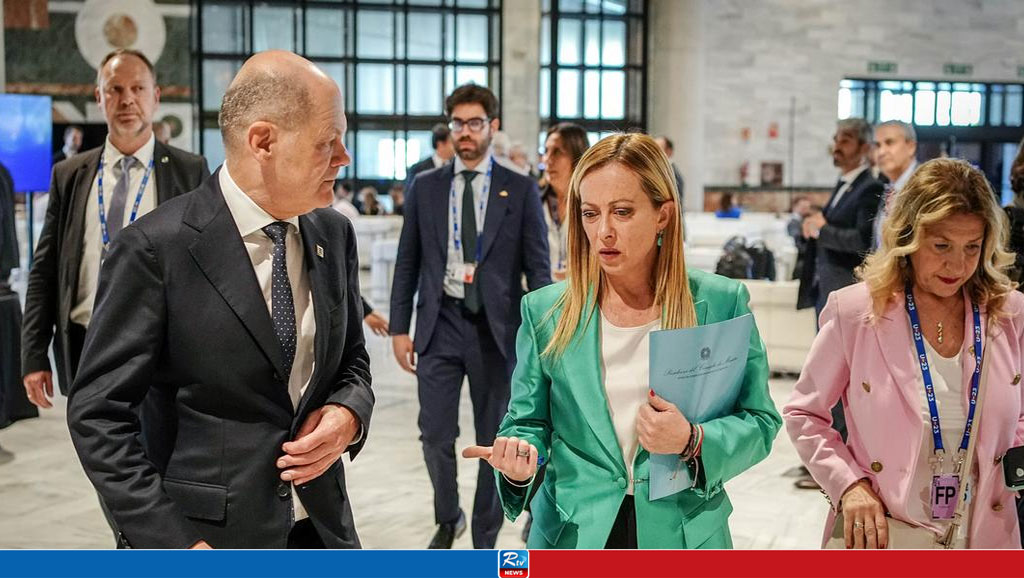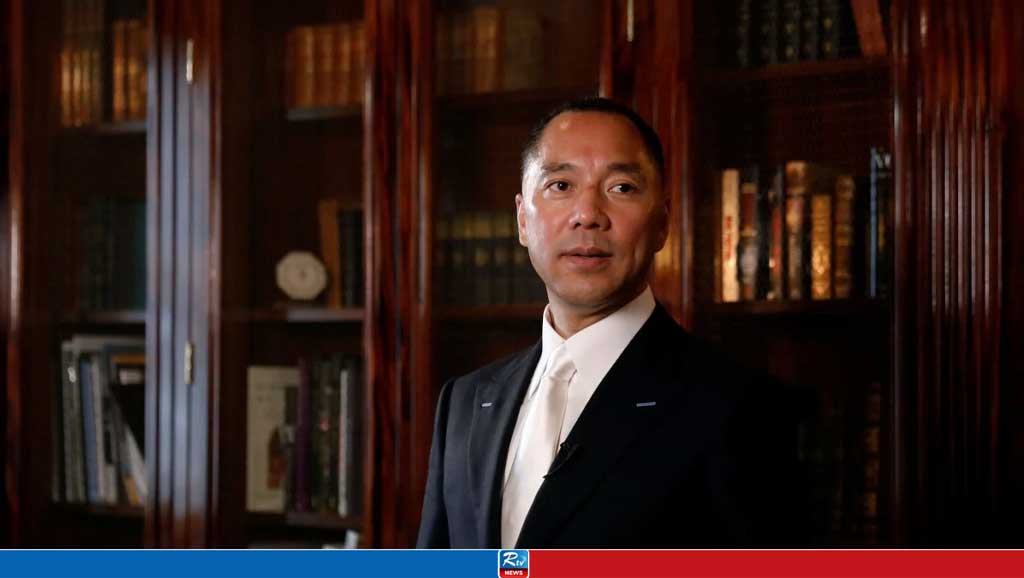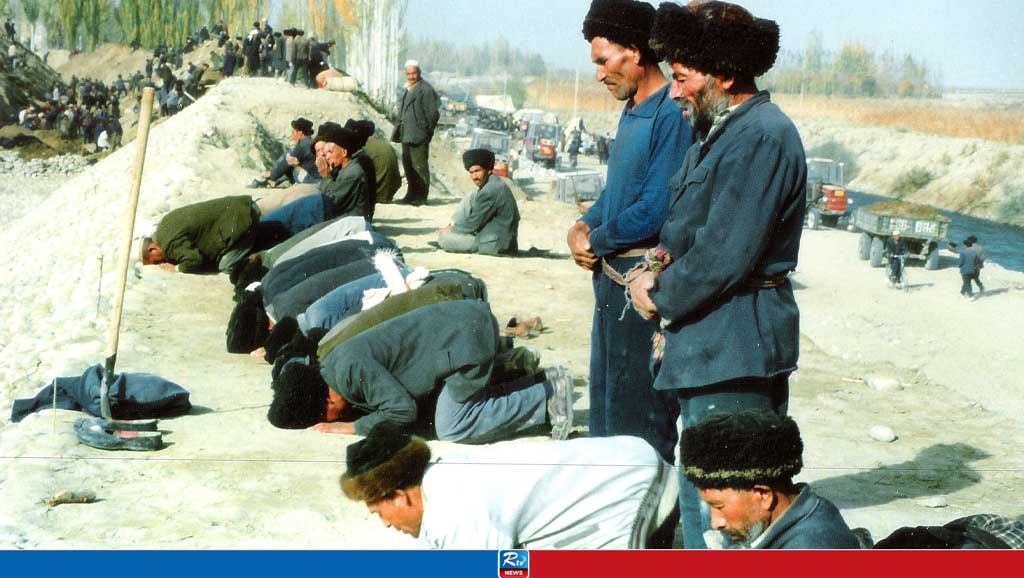What does the Doomsday Clock tell us about the future?

Every year, Doomsday Clock scientists warn us how close we are to destroying the world with our dangerous technologies. How do they know what time it is?
The Bulletin of the Atomic Scientists invented the Doomsday Clock soon after the end of World War II as a symbol of how close humanity is to midnight — or the end of the world.
Every year now, the scientists reset the clock, moving the hands closer to — or further from — midnight.
During the three years of the COVID-19 pandemic, the clock remained remarkably stable at 100 seconds to midnight.
But in 2023, it got as close to our earthly doom as it has ever been when they moved the hands to 90 seconds to midnight.
As the scientists prepared to reset the clock for 2024 on January 23, there was no less bad news than the year before.
Here's why we should take note of the Doomsday Clock.
What is the Doomsday Clock?
The Bulletin of the Atomic Scientists describes the clock as a "metaphor for how close humanity is to self-annihilation."
Albert Einstein, J. Robert Oppenheimer and other scientists who had worked on the Manhattan Project — a top-secret nuclear weapons program that resulted in the US dropping two atomic bombs on Japan — founded the Bulletin in 1945 in Chicago.
Two years later, they invented the Doomsday Clock. At that time, nuclear weapons were considered the greatest threat to humanity.
The Bulletin's Science and Security Board uses data to form a perception of the severity of current global threats, and then decides how close we are to midnight.
Originally set at seven minutes to midnight, the furthest the clock has been from doom was at 17 minutes to midnight, following the end of the Cold War in 1991.
How do scientists decided the time of the Doomsday Clock?
Although the clock originally focused specifically on the threat posed by nuclear weapons, since the early 2000s it has also taken into account the risks that climate change and disruptive technologies, such as artificial intelligence, pose to society.
The 17-member SASB says it calculates the time to midnight by tracking statistics, such as "the number and kinds of nuclear weapons in the world, the parts per million of carbon dioxide in the atmosphere, the degree of acidity in our oceans, and the rate of sea level rise."
The board also takes into account the degree to which leaders, citizens and institutions are working to counteract these threats.
What is the point in the Doomsday Clock?
The scientists behind the Doomsday Clock say it aims to push people and institutions to action and keep them informed about the world in which they live.
When in August 1945, the US dropped nuclear bombs on the Japanese cities of Hiroshima and Nagasaki, killing about 100,000 people, it started what scientists call the nuclear age.
It's since been argued that the scientists realized they had created a weapon of mass destruction and that the clock was an attempt to raise awareness about the dangers in leaving technologies unchecked — perhaps because the scientists felt a responsibility for the danger they had created themselves.
Now, nearly 80 years after its inception, Bulletin scientists say the purpose of the clock is not to scare people, but to keep them aware.
The SASB board says that although it may seem an individual's actions are futile in the face of the apocalyptic catastrophe suggested by the clock, there are things each person can do to help push it back.
The board encourages people to "get smart" about the "powerful technologies that could destroy our way of life."
They say people should share the knowledge they have about these technologies and threats with people in their direct environment. They encourage people to write letters condemning the spending of public tax dollars on fossil fuel and nuclear weapon technologies.
Comments
Italy is overtaking Germany as Europe's economic powerhouse

Lawmakers urge Biden to call out more Chinese biotech firms

Gaza death toll crosses 33,000

US court orders exiled Chinese billionaire Guo Wengui to face fraud indictment

Hong Kong's lost freedom shows Xi Jinping's priorities: Analysis

All people of faith should stand against China’s Uyghur genocide

Climate activist Greta Thunberg arrested in the Netherlands


 Live Tv
Live Tv
